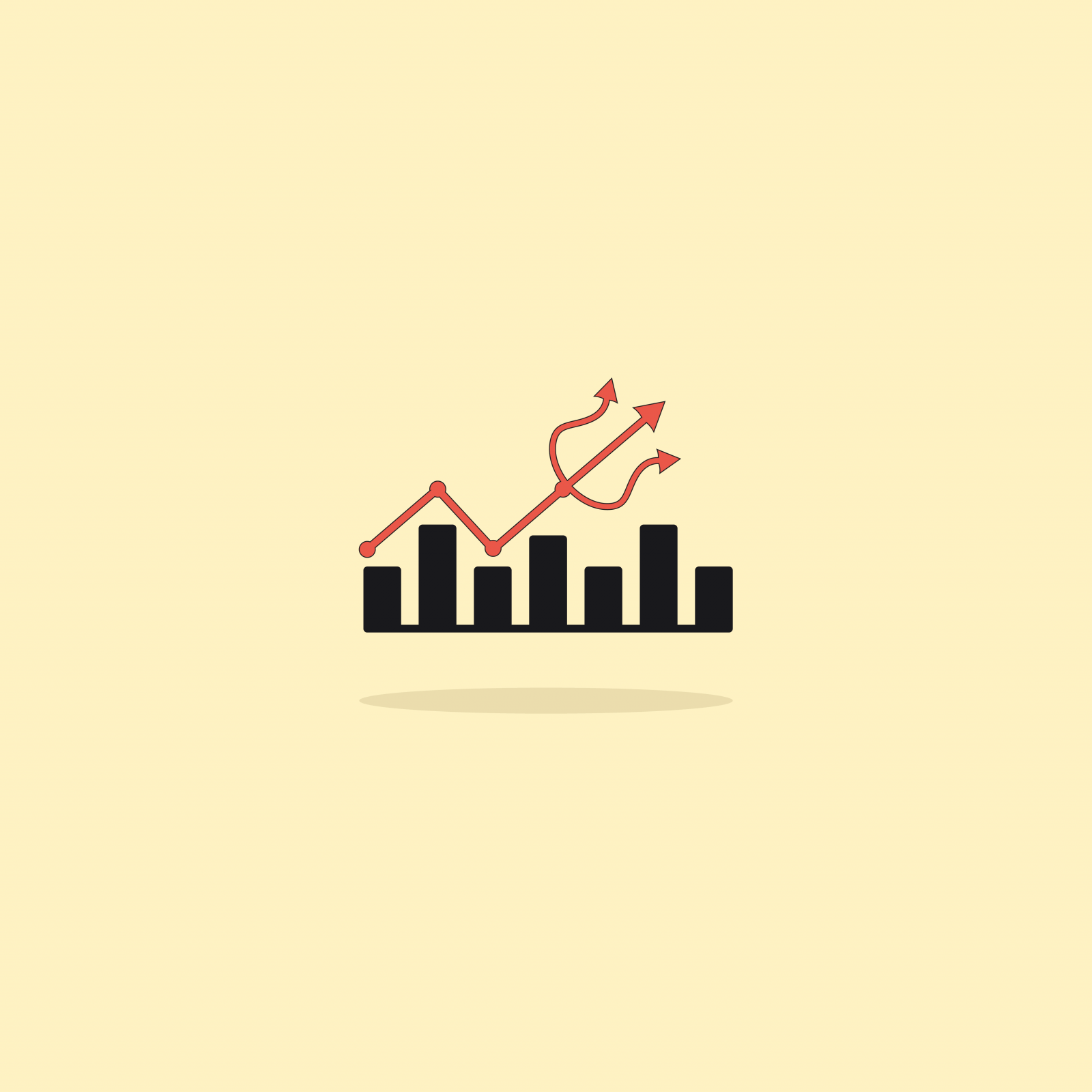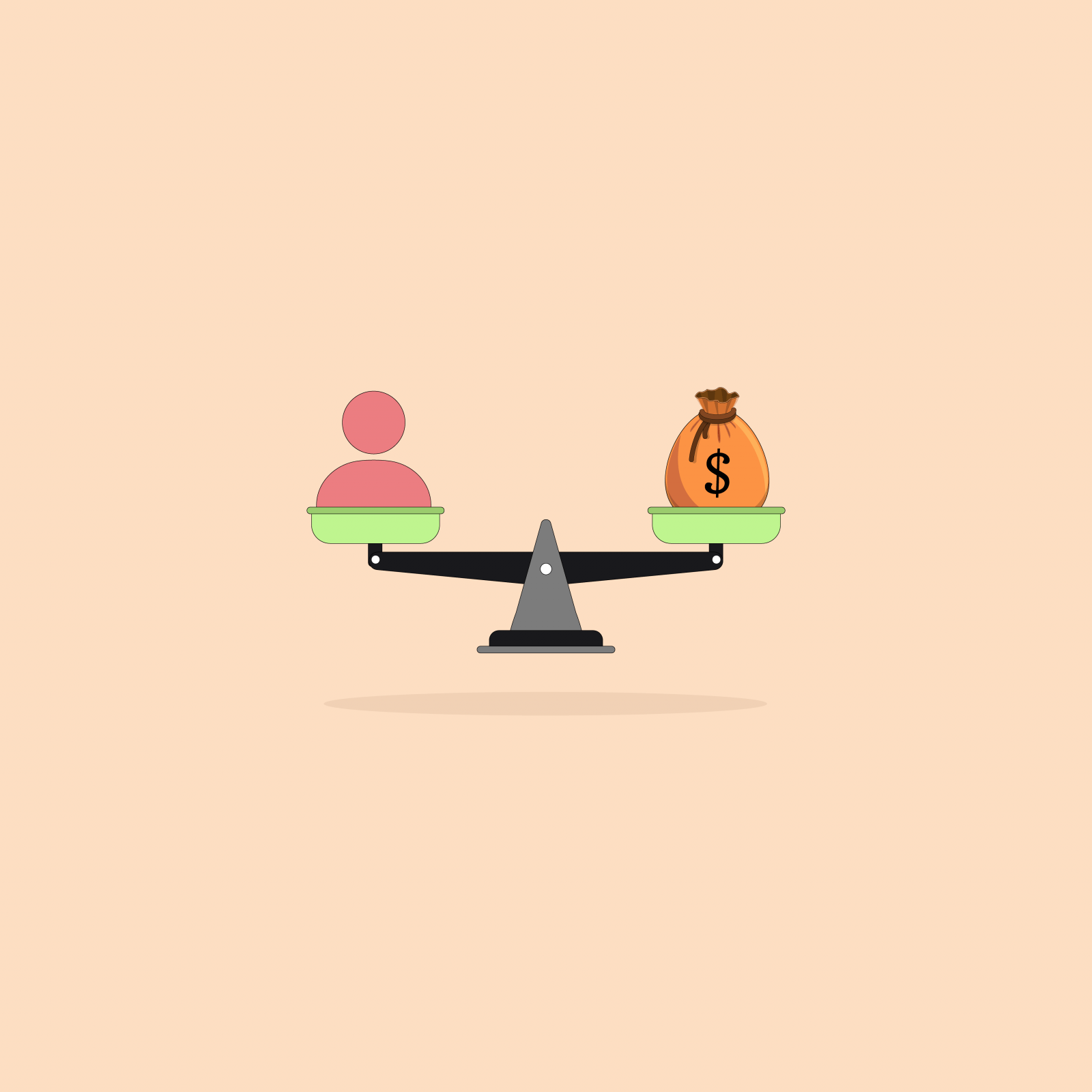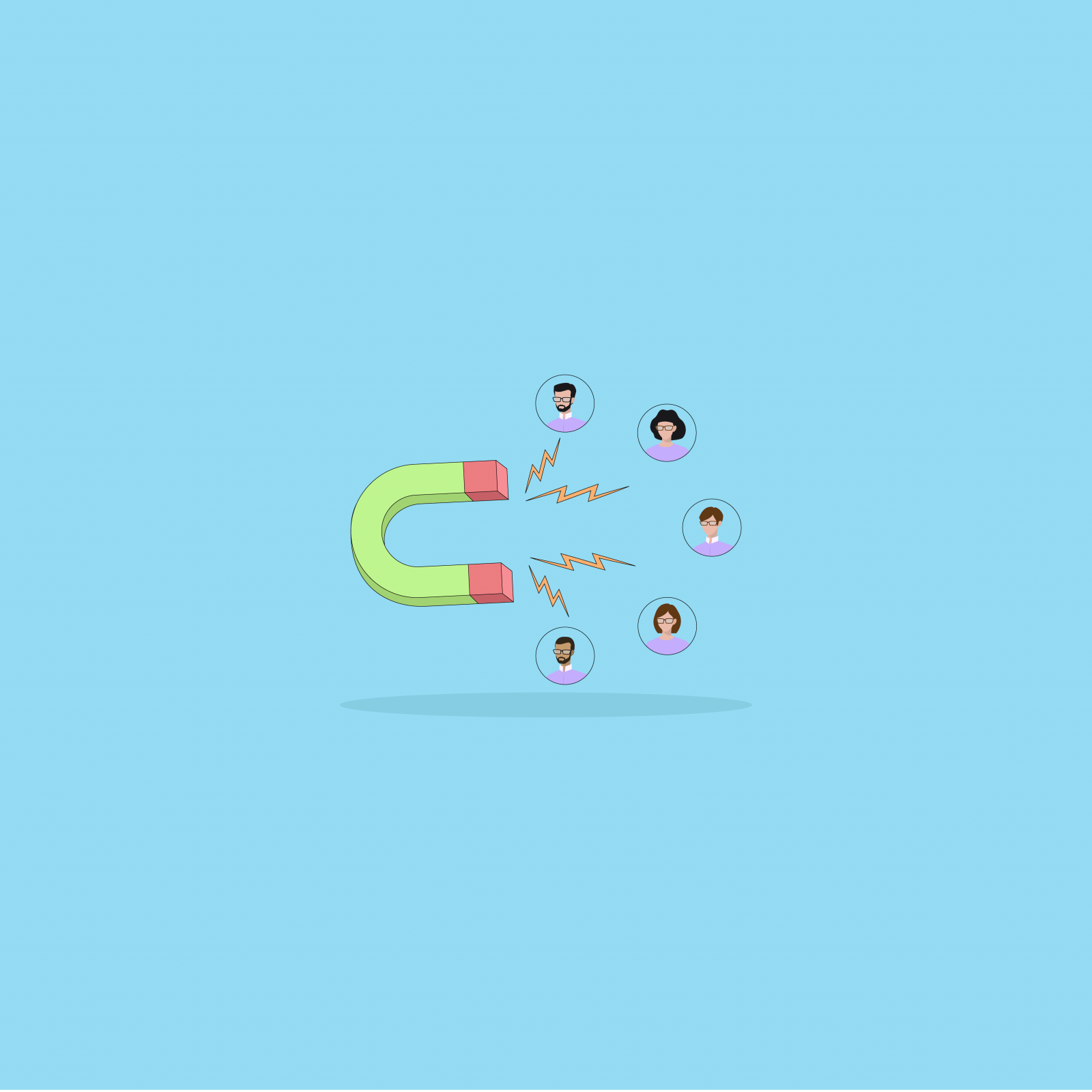Our websites use cookies. By continuing, we assume your permission to deploy cookies as detailed in our Privacy Policy.
How to Optimise Customer Acquisition Cost in 9 Steps
You might be struggling with acquiring new customers. Or, you might be satisfied with the outcomes of your customer acquisition efforts, but still wonder why your customer lifetime value doesn’t make up for your high CAC. In this case, you might need to reconsider your strategies to improve CAC. Here are some effective strategies to help you with that.
Key Takeaways
- Monitoring CAC helps businesses determine the effectiveness of current marketing and sales efforts and make better decisions in the future.
- Experiment with different marketing channels to see which ones are most effective at attracting new customers.
- With data analysis, businesses can gain insights into customer behaviour and optimise their marketing and sales efforts.
What is Customer Acquisition Cost (CAC)?
Customer acquisition cost, in a nutshell, is the total amount of money spent to acquire a customer. It includes every kind of spending you make throughout the process.
Before reading further, you may first read our article to learn about the benefits of a lower CAC and how to calculate it for a better marketing and sales strategy: What is Customer Acquisition Cost
Why is It Important to Optimise CAC?
Monitoring CAC is crucial for businesses to assess the effectiveness of their marketing and sales strategies, aiding in making informed decisions going forward.
A high CAC may indicate that a business needs to re-evaluate its marketing or sales strategy. A low CAC, on the other hand, indicates efficient customer acquisition at a reasonable cost and potential revenue growth for the business.
Top 9 Strategies for Optimising CAC
1. Identify and Target the Most Valuable Customers
Focusing your efforts on the prospects with the most potential will save you both time and money in the long run. Benefit from data analysis to identify your audience and determine who will bring you the most value.
Define your target audience: Identify your ideal customer and create a customer persona. This will help you focus your marketing efforts on those most likely to convert and reduce marketing and sales spending over time.
2. Optimise Marketing Channels
Experiment with different marketing channels to see which ones are the most effective at attracting new customers. This may include social media, search engine marketing, content marketing, or email marketing.
Identifying your target audience is a part of finding the most appropriate channels for your marketing. Knowing your audience and what would attract their attention will eventually help you build brand awareness and drive traffic to your website.
3. Improve Sales Efficiency
The state of sales efficiency is directly related to customer acquisition cost. Streamline your sales process and eliminate unnecessary steps to reduce the time and resources needed to close a deal or receive a purchase order.
Equip your team with the tools they need to increase sales and use data to gain insights into your sales process and measure its effectiveness. Finally, align sales and marketing efforts to focus on the right prospects, avoiding wasted marketing spend.
4. Increase Customer Retention
Retaining existing customers can be more cost-effective than acquiring new ones. By providing good customer service, offering ongoing value, and gathering feedback to improve your service, you can create excellent customer experiences. This will help you build a community of customers who will recommend and advocate for your brand and reduce CAC over time.
5. Use Data to Inform Decision-Making
Track metrics like customer acquisition cost and conversion rates to identify areas for improvement in your acquisition process. Examine customer behaviour and identify the characteristics of your most valuable customer segments, such as demographics and interests, through data analysis and customer surveys to tailor your marketing strategies.
Use A/B testing to test different campaigns to determine which ones generate the best results. By leveraging data, you can improve your current business strategies and make better decisions in the future.
6. Consider Outsourcing
Depending on the size and needs of the business, outsourcing certain tasks or functions may be more cost-effective than handling them in-house. Outsourcing lead generation or customer service can improve efficiency while freeing up your internal resources to focus on other business areas.
Aside from that, outsourcing to specialised service providers can provide you with expertise as well as technologies you might not obtain on your own. However, before outsourcing, it’s important to evaluate potential providers carefully to ensure they align with your business needs and goals without compromising quality.
7. Negotiate Better Terms with Suppliers
You can increase your profit margins and reduce CAC by negotiating better pricing or payment terms with suppliers. You can also reduce the cost of shipping and improve your overall efficiency by negotiating better shipping rates or lead times.
It will help you to research and understand the market rates and terms beforehand for effective negotiation. With the right negotiation skills, you can optimise your customer acquisition process.
8.eCommerce Personalisation
All things aside, personalisation is the key to success for online businesses. By tailoring your marketing strategies and online store to each customer’s unique interests and needs, you can create engaging customer experiences and increase conversion rates.
You can use personalisation in many ways: Tailor your messaging on different channels, make personalised recommendations, and offer deals and promotions based on customers’ behaviour and purchase history. Benefit from the right analytics tools and eCommerce platforms to gather information on them and ensure you provide an excellent shopping experience.
9. Customer Segmentation
When it comes to personalisation, you shouldn’t miss out on segmentation. Segmenting your customers will help you not only with improving their experiences, but also pinpointing your target audience. By focusing your marketing efforts on the most promising customer segments, a business can reduce CAC since these customers will make up for the effort spent to acquire them and generate more revenue over time.





